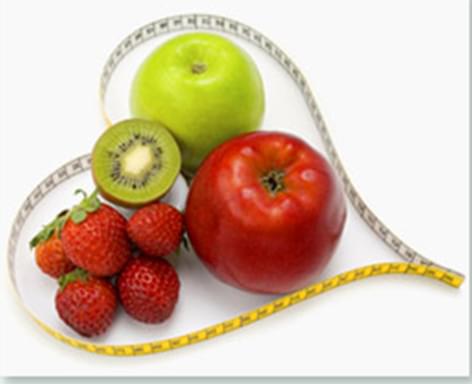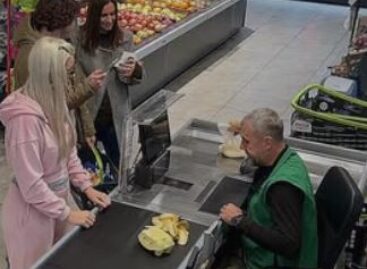EWG Releases 2012 Shopper’s Guide to Pesticides in Produce
Environmental Working Group has released the eighth edition of its Shopper’s Guide to Pesticides in Produce™ with updated information on 45 popular fruits and vegetables and their total pesticide loads. EWG highlights the worst offenders with its new Dirty Dozen Plus™ list and the cleanest conventional produce with its list of the Clean Fifteen™.
“The explosive growth in market share for organic produce in recent years testifies to a simple fact that pesticide companies and the farmers who use their products just can’t seem to grasp: people don’t like to eat food contaminated by pesticides,” said EWG president Ken Cook. “Our shopper’s guide to pesticides in produce gives consumers easy, affordable ways to eat a diet rich in fruits and vegetables while avoiding most of the bug killers, fungicides and other chemicals in produce and other foods.”
“This year’s guide will also give new parents pause,” Cook added. “Government scientists have found disturbing concentrations of pesticides in some baby foods. And the U.S. Department of Agriculture has found weed killers widespread in finished tap water. Environmentalists have had important successes in forcing pesticides that presented unacceptably high dietary risks off the market. The latest USDA tests show we have much more work to do.”
EWG researchers analyzed annual pesticide residue tests conducted by the USDA and federal Food and Drug Administration between 2000 and 2010. The samples were first washed or peeled prior to being tested so the rankings reflect the amounts of the crop chemicals likely present on the food when is it eaten.
The USDA and FDA tests have produced hard evidence of widespread presence of pesticide residues on conventional crops. The most recent round of tests show that as late as 2010, 68 percent of food samples had detectable pesticide residues. EWG found striking differences between the number of pesticides and amount of pesticides detected on the Dirty Dozen Plus™and Clean Fifteen™ foods.
Notable findings:
Some 98 percent of conventional apples have detectable levels of pesticides.
Domestic blueberries tested positive for 42 different pesticide residues.
Seventy-eight different pesticides were found on lettuce samples.
Every single nectarine USDA tested had measurable pesticide residues.
As a category, grapes have more types of pesticides than any other fruit, with 64 different chemicals.
Thirteen different pesticides were measured on a single sample each of celery and strawberries.
New to the Shopper’s Guide: The Dirty Dozen Plus™
For the past eight years, EWG has scrutinized pesticide testing data generated by scientists at USDA and FDA and has created its signature Dirty Dozen™ list of foods most commonly contaminated with pesticides. As well, we publish our Clean Fifteen™ list of the foods least likely to be pesticide-tainted.
This year we have expanded the Dirty Dozen™ with a Plus category to highlight two crops — green beans and leafy greens, meaning, kale and collard greens – that did not meet traditional Dirty Dozen™ criteria but were commonly contaminated with highly toxic organophosphate insecticides. These insecticides are toxic to the nervous system and have been largely removed from agriculture over the past decade. But they are not banned and still show up on some food crops. For this reason, EWG lists these on the new Dirty Dozen Plus™ as foods to avoid or to buy organic.
Related news
Related news
First We Feast studio, which produces Hot Ones, has been sold – George Soros’ company is among the new owners
Buzzfeed has sold its First We Feast studio, which produces…
Read more >(HU) Kemény leánybúcsúk kelléke – A nap videója
Sorry, this entry is only available in HU.
Read more >






